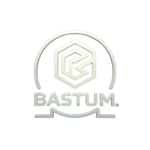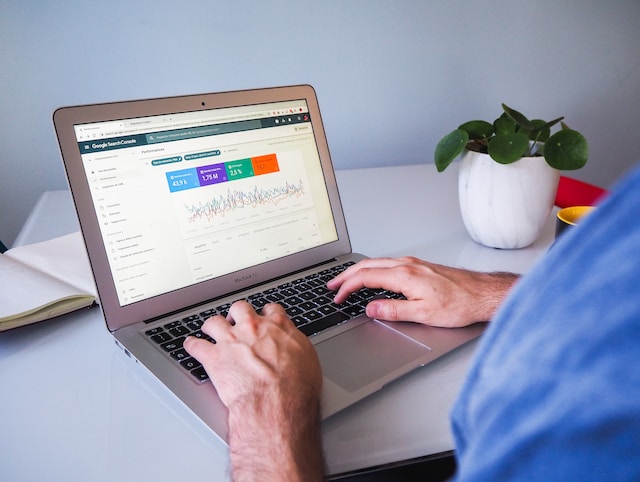Welcome to the world of search engine optimization (SEO ), where mastering the art of on-page optimization can unlock the doors to higher search rankings and increased visibility for your website. In this digital era, having a strong online presence is crucial for businesses and individuals alike. Whether you’re an e-commerce giant or a budding blogger, understanding and implementing effective on-page optimization techniques is key to staying ahead in the competitive online landscape.
Picture this: you have a beautifully designed website with captivating content, but it’s buried deep within the vast abyss of search engine results pages. No matter how remarkable your offerings are, if potential customers can’t find you easily, they might as well not exist! This is where on-page optimization comes into play – by strategically fine-tuning various elements on your webpages, you can grab search engines’ attention and catapult yourself onto that coveted first page of search results.
So how do you master these magical on-page optimization techniques? Don’t worry; we’ve got your back! In this blog post, we’ll delve into two fundamental aspects of on-page SEO: keyword research and placement. Buckle up because we’re about to take your website from obscurity to prominence in no time!
Let’s dive right in!
Understanding the Elements of On-Page Optimization
On-page optimization is like the secret sauce that can make or break your website’s visibility in search engine rankings. It involves optimizing various elements on your webpages to ensure that search engines understand your content and deem it valuable for users’ queries.
One crucial element of on-page optimization is meta tags, specifically the title tag and meta description. The title tag is what appears as the clickable headline in search results, so crafting a compelling and keyword-rich title can entice users to click through to your site. The meta description, on the other hand, provides a brief summary of your webpage’s content and should also include relevant keywords.
Heading tags are another important component of on-page optimization. These HTML tags (H1-H6) help structure your content by indicating hierarchy. Search engines consider H1 tags as more important than H2 or H3 tags, so using them strategically can signal the relevance and organization of your information.
Optimizing URLs is often overlooked but plays a significant role in SEO success. A clean URL structure with descriptive keywords helps both search engines and users understand what the page is about before even clicking on it.
Internal linking within your website not only improves user experience but also assists search engine crawlers in navigating through different pages efficiently. By interlinking related articles or pages within your site, you create a web of connections that signals relevance to both human visitors and search algorithms.
Don’t forget about image optimization! Optimizing images by providing descriptive alt text helps visually impaired users access information while also giving an additional opportunity for keyword inclusion.
Understanding these key elements of on-page optimization will set you off towards achieving higher search rankings and increased organic traffic for your website. But remember, this is just scratching the surface – there are many more advanced techniques waiting to be explored! Stay tuned as we dive deeper into the world of SEO magic.
Keyword Research and Placement
Keyword Research and Placement
When it comes to on-page optimization, keyword research and placement play a crucial role in improving search rankings. But how do you go about finding the right keywords for your website?
First, understand your target audience and their search intent. Put yourself in their shoes – what words or phrases would they use when searching online? Use keyword research tools like Google Keyword Planner or SEMrush to identify relevant keywords with high search volume.
Once you have a list of potential keywords, it’s time to strategically place them throughout your content. Start with the page title, meta description, and URL. These elements provide important signals to search engines about the topic of your page.
Next, incorporate keywords naturally within the body of your content. However, avoid keyword stuffing as this can negatively impact user experience and lead to penalties from search engines. Instead, focus on creating high-quality content that provides value to readers while including relevant keywords where appropriate.
Additionally, consider using header tags (H1-H6) to highlight important sections of your content and include variations of your targeted keywords within these headings.
Don’t forget about internal linking! Linking related pages together helps search engines understand the structure of your website while allowing users to easily navigate between relevant content.
By conducting thorough keyword research and strategically placing them throughout your webpages, you’ll increase the visibility of your site in organic searches and improve overall user experience.

